
Astronomers have detected what could be a promising sign of extraterrestrial life on a distant planet located 120 light-years away. This discovery could potentially reshape our understanding of life in the universe and has sparked widespread interest and debate in the scientific community.
The Discovery
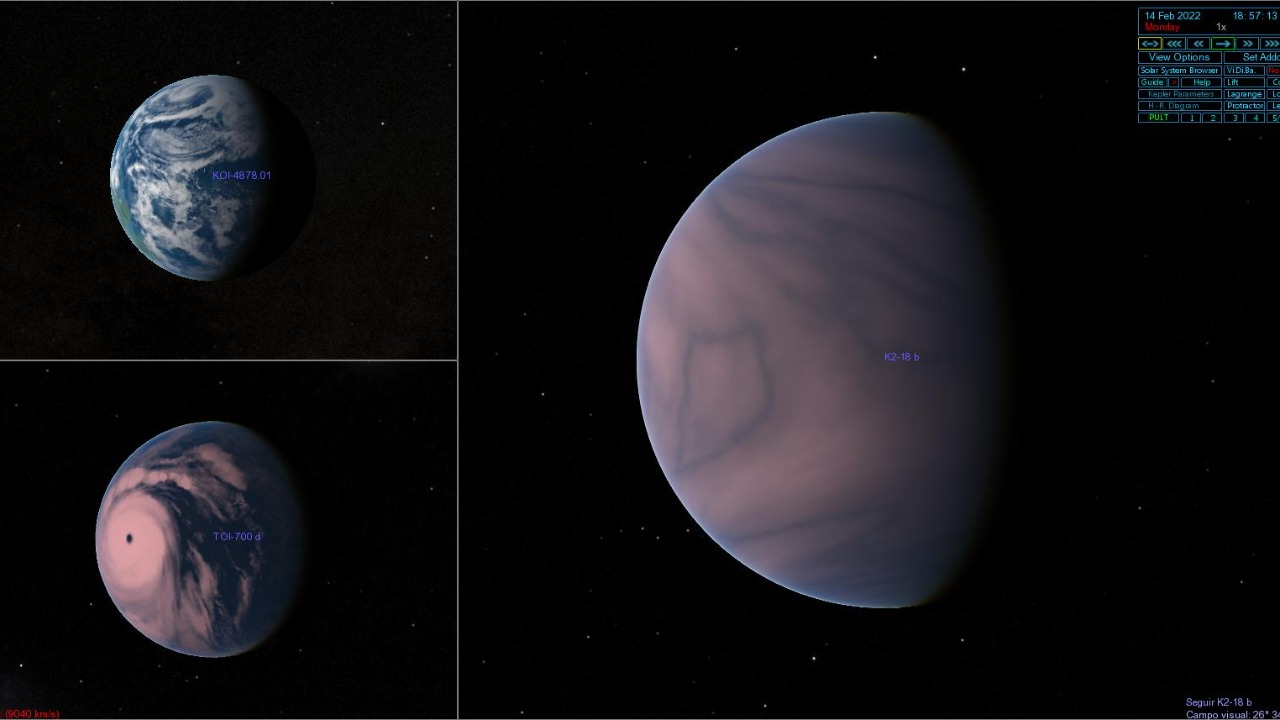
In an exciting development for the field of astrobiology, scientists have reported the detection of potential biosignatures on exoplanet K2-18b. This exoplanet, residing within the habitable zone of its host star, has been under scrutiny since its discovery. The recent findings suggest the presence of molecules in its atmosphere that could be indicative of biological processes. The technology used to identify these signs is at the forefront of modern astronomical techniques, combining spectroscopy with advanced computational models to analyze atmospheric compositions.
K2-18b has long been a subject of interest due to its Earth-like characteristics, including its size and potential for liquid water. Situated within the habitable zone, where conditions might allow for liquid water to exist, it presents one of the most promising targets in the search for alien life. The planet orbits a red dwarf star, which adds another layer of intrigue, as these stars are known for their stability and longevity, potentially offering a stable environment for life to evolve.
Scientific Methods and Instruments
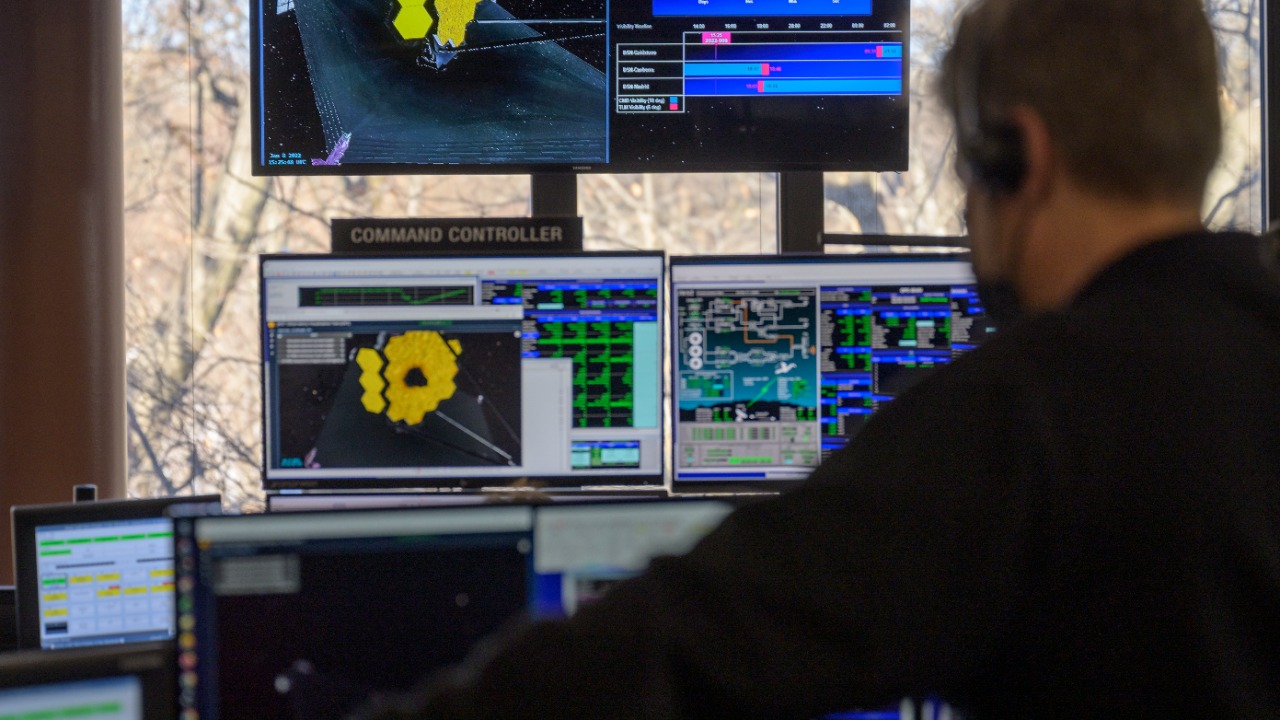
The detection of possible biosignatures on K2-18b was made possible through the use of the James Webb Space Telescope (JWST) and the Hubble Space Telescope. These powerful instruments have the capability to perform detailed spectral analysis of distant celestial bodies. By studying the light that passes through K2-18b’s atmosphere, scientists can identify specific molecules based on their spectral fingerprints. This method, known as transmission spectroscopy, is crucial for detecting signs of life on planets outside our solar system.
In addition to telescopic observations, sophisticated software algorithms are employed to sift through the vast amounts of data collected. These algorithms help isolate potential biosignatures, such as methane and ammonia, which might be produced by living organisms. The analysis also takes into account the planet’s temperature, pressure, and atmospheric composition to assess the plausibility of life existing in such conditions. This meticulous process aims to rule out false positives and ensure the reliability of the findings.
Implications for Science and Society
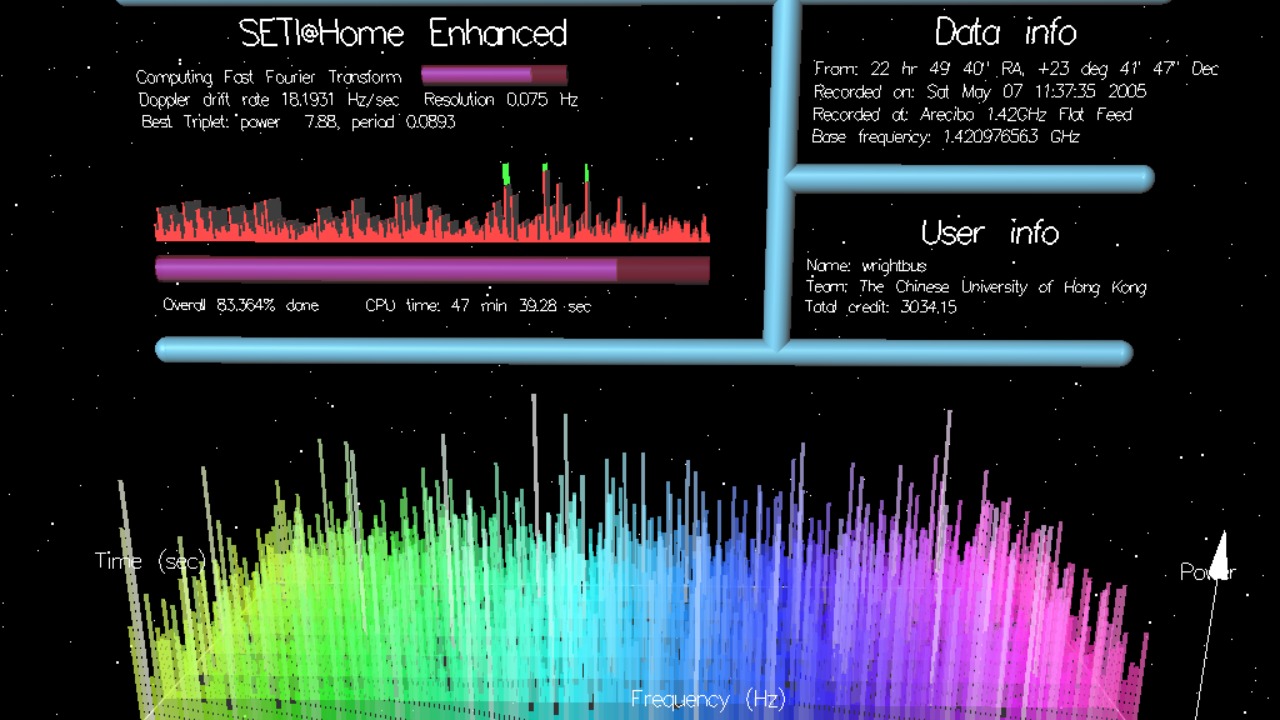
The potential discovery of alien life on K2-18b could have profound implications for the field of astrobiology and the ongoing search for extraterrestrial intelligence (SETI). It challenges our understanding of life’s distribution across the universe and opens new avenues for research into the conditions that might support life beyond Earth. Such a discovery could redefine the parameters of habitable environments and inspire new theoretical models on the origins of life.
Beyond the scientific community, this finding is likely to capture the public’s imagination and influence space exploration policies. Governments and private space agencies may increase investments in missions aimed at studying exoplanets and developing technologies to search for life. Public interest in space exploration often translates into educational initiatives, fostering a new generation of scientists and engineers eager to explore the cosmos. The cultural impact of discovering alien life, even in microbial form, would be unprecedented, reshaping humanity’s perception of its place in the universe.
Skepticism and Challenges
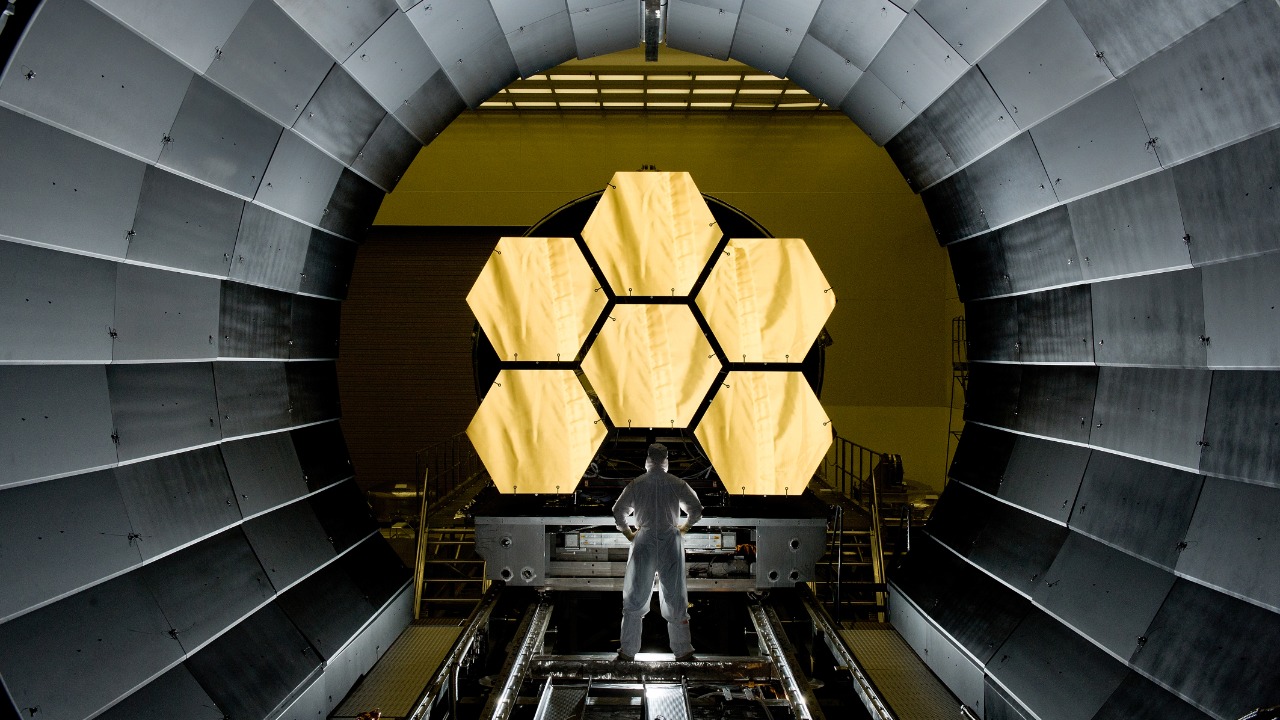
Despite the excitement surrounding the potential discovery, there remains a healthy dose of skepticism within the scientific community. The vast distance of 120 light-years poses significant challenges in interpreting the data accurately. Potential biosignatures could also be the result of abiotic processes, meaning non-biological factors could produce similar atmospheric compositions. Therefore, further validation and corroboration from additional observations are crucial before drawing definitive conclusions.
Interpreting data from such remote locations involves numerous uncertainties. The complexity of planetary atmospheres and the limitations of current technology necessitate a cautious approach. Researchers must account for various factors that could lead to false positives, such as atmospheric dynamics, background noise, and the influence of the host star. This ongoing debate highlights the need for continued advancements in telescope technology and data analysis methods to enhance our ability to detect and confirm extraterrestrial life.
Future Prospects
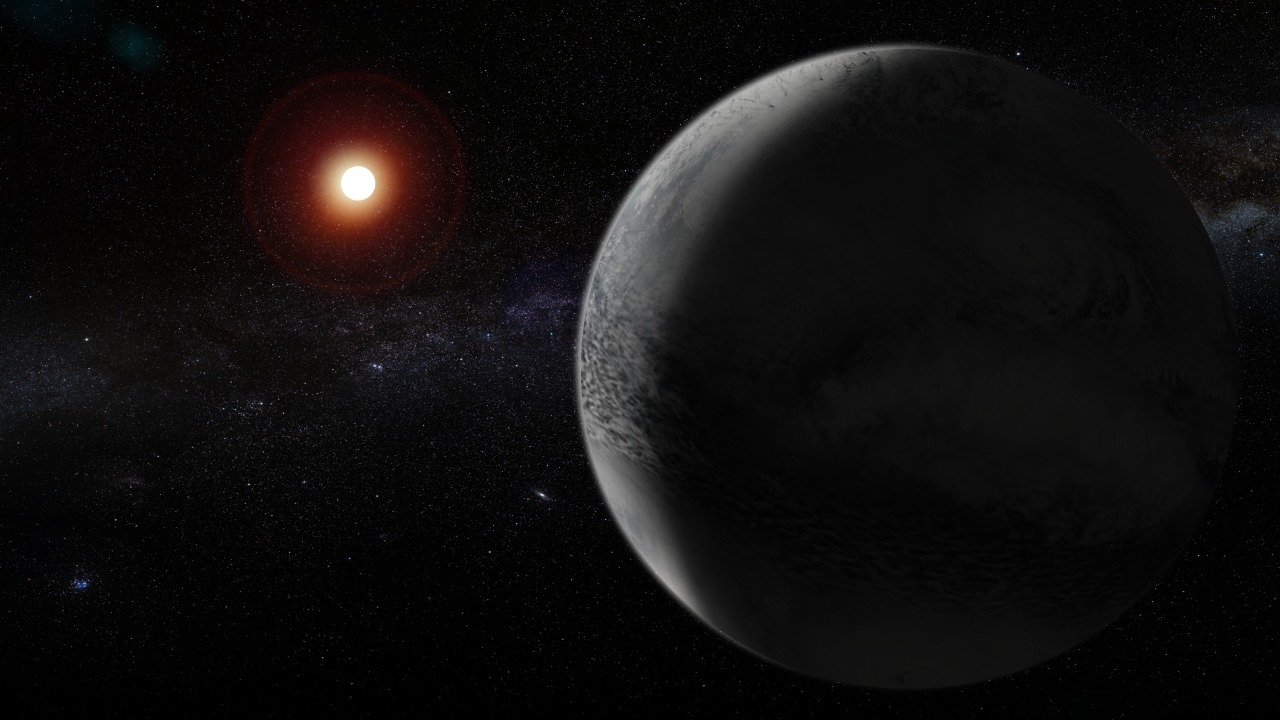
Looking ahead, astronomers plan to conduct follow-up observations using both ground-based and space telescopes. These efforts aim to confirm the initial findings and gather more detailed information about K2-18b’s atmosphere. The European Space Agency’s upcoming Ariel mission, set to launch in the late 2020s, will play a key role in this endeavor by focusing on the chemical compositions of exoplanetary atmospheres.
Technological advancements will be essential in enhancing our search for alien life. Future telescopes, like the proposed LUVOIR and HabEx observatories, will offer unprecedented sensitivity and resolution, enabling scientists to study exoplanets in greater detail. Additionally, international collaborations and investments in space exploration infrastructure will be vital in sustaining the momentum of these research initiatives. As we stand on the brink of potentially monumental discoveries, the quest to find life beyond Earth continues to motivate and inspire the global scientific community.